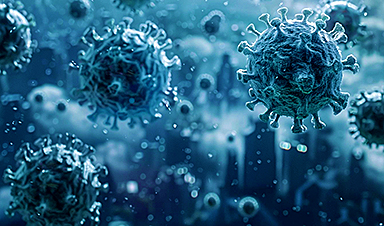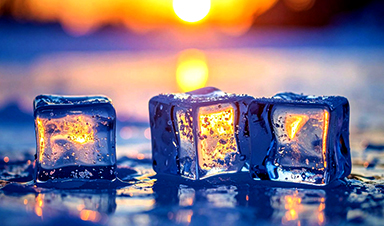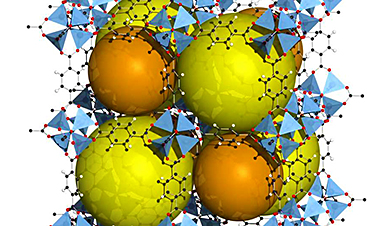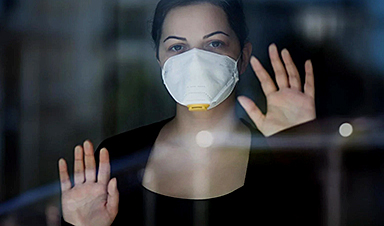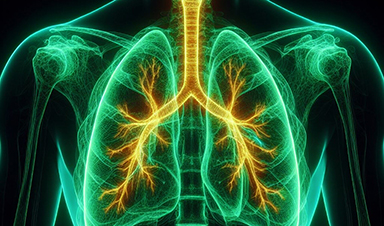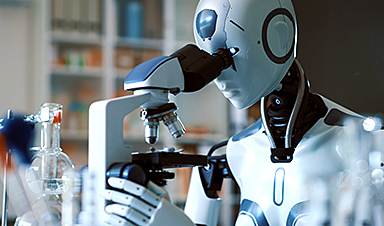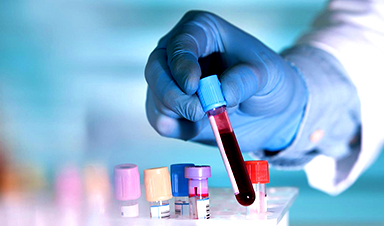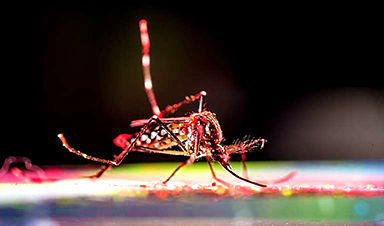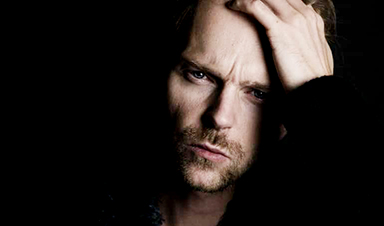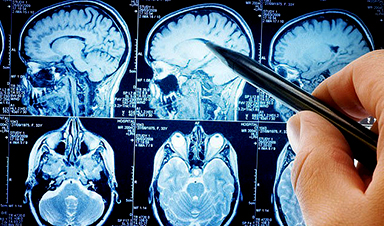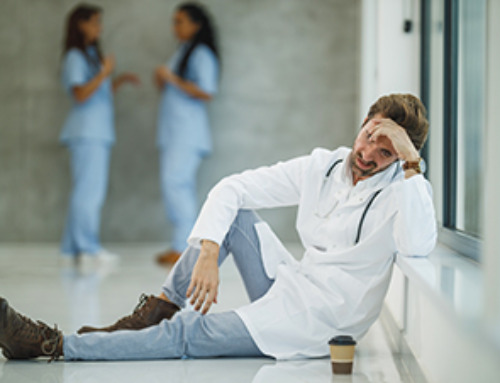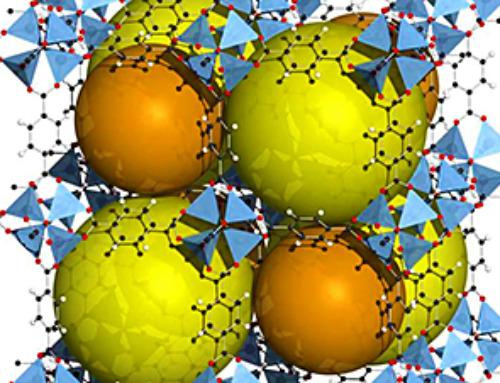Experts highlight the connection between climate change and infectious diseases, urging medical professionals to prepare for new disease patterns and advocate for climate action.
A team of infectious diseases experts called for more awareness and preparedness in the medical field to deal with the impact of climate change on the spread of diseases. Their article, published on March 20 in JAMA raises the alarm about the emergence and spread of harmful pathogens. The authors also urge the medical community to update their education and training and take steps to combat global warming.
"Clinicians need to be ready to deal with the changes in the infectious disease landscape," said lead author George R. Thompson. Thompson is a professor at the UC Davis School of Medicine in the Department of Internal Medicine, Division of Infectious Diseases, and the Department of Medical Microbiology and Immunology. "Learning about the connection between climate change and disease behavior can help guide diagnoses, treatment, and prevention of infectious diseases."
Thompson encouraged physicians and practitioners to maintain "a high index of suspicion of diseases on the move." "I think with improvements in our understanding of the disease, there will be more testing and we'll miss fewer cases that way," he said.
Understanding the Changing Disease Landscape
Infectious diseases can be caused by viruses, bacteria, fungi or parasites. Many of these diseases are transmitted from animal to human or from human to human.
One type of infectious disease is vector-borne diseases. They are caused by pathogens carried by vectors like mosquitoes, fleas and ticks. Some diseases caused by vectors are dengue, malaria, and Zika.
Changing rain patterns are expanding vectors' range and their active periods. Shorter, warmer winters and longer summers are also linked to more vector-borne diseases. For example, diseases caused by ticks (like babesiosis and Lyme disease) are now occurring in the winter too. They're also being found in regions farther west and north than in the past.
"We're seeing cases of tick-borne diseases in January and February," said first author of the study Matthew Phillips. Phillips is an infectious diseases fellow at Massachusetts General Hospital and Harvard Medical School. "The tick season is starting earlier and with more active ticks in a wider range. This means that the number of tick bites is going up and with it, the tick-borne diseases."
Another concern is malaria. The mosquitos that transmit the disease are expanding northward, a climate-induced change. Changing rain patterns have led to more mosquitos and a higher disease transmission rate.
"As an infectious disease clinician, one of the scariest things that happened last summer was the locally acquired cases of malaria. We saw cases in Texas and Florida and then all the way north in Maryland, which was really surprising. They happened to people who didn't travel outside the U.S.," Phillips said.
Risks of Zoonotic and Waterborne Diseases
Zoonotic diseases, such as plague and hantavirus (carried by rodents), are also showing changes in incidence and location. The experts noted changes in animal migration patterns and natural ranges. Due to their habitat loss, wild animals are coming closer to humans. With that comes a higher risk of animal diseases spilling over to humans and for new pathogens to develop.
The study also pointed to the emergence of new fungal infections, such as Candida auris (C. auris), and changes in the location of some fungal pathogens. For example, the fungal infection Coccidioides (also known as Valley fever) was endemic to hot, dry areas in California and Arizona. But Valley fever was recently diagnosed as far north as Washington State.
Changes in rain patterns and coastal water temperature can also affect the spread of waterborne diseases, such as E. coli and Vibrio. According to the team, the sea level is rising, and storm surges and coastal flooding that used to be rare or extreme events are happening more frequently.
Urgent Call to Action for the Medical Community
Over the last few years, infectious diseases, such as COVID-19, impacted the world enormously.
"They can spring up and cause absolute chaos for the whole world and then we kind of forget about them for a while. Yet, the epidemic and pandemic potential of infections really mandates that we stay involved with federal funding agencies and advisory groups to make sure that infectious diseases don't slip back too far on the public's radar," Thomspon explained.
The team called for stronger measures for infectious disease surveillance and urged medical educators to train clinicians to anticipate the changes in infectious disease patterns.
"It's not a hopeless situation. There are distinct steps that we can take to prepare for and help deal with these changes. Clinicians see first-hand the impact of climate change on people's health. As such, they have a role in advocating for policies that can slow climate change," Phillips said.
Reference: "Infectious Diseases in a Changing Climate" by Matthew C. Phillips, Regina C. LaRocque and George R. Thompson, 20 March 2024, JAMA.
DOI: 10.1001/jama.2023.27724
Regina C. LaRocque, associate professor of medicine at Harvard Medical School and infectious diseases physician at Harvard Medical School, is a coauthor of this study.
This study was partially supported by National Institutes of Health grants T32AI007061 and 5U19AI166798.
News
Long COVID Is Taking A Silent Toll On Mental Health, Here’s What Experts Say
Months after recovering from COVID-19, many people continue to feel unwell. They speak of exhaustion that doesn’t fade, difficulty breathing, or an unsettling mental haze. What’s becoming increasingly clear is that recovery from the [...]
Study Delivers Cancer Drugs Directly to the Tumor Nucleus
A new peptide-based nanotube treatment sneaks chemo into drug-resistant cancer cells, providing a unique workaround to one of oncology’s toughest hurdles. CiQUS researchers have developed a novel molecular strategy that allows a chemotherapy drug to [...]
Scientists Begin $14.2 Million Project To Decode the Body’s “Hidden Sixth Sense”
An NIH-supported initiative seeks to unravel how the nervous system tracks and regulates the body’s internal organs. How does your brain recognize when it’s time to take a breath, when your blood pressure has [...]
Scientists Discover a New Form of Ice That Shouldn’t Exist
Researchers at the European XFEL and DESY are investigating unusual forms of ice that can exist at room temperature when subjected to extreme pressure. Ice comes in many forms, even when made of nothing but water [...]
Nobel-winning, tiny ‘sponge crystals’ with an astonishing amount of inner space
The 2025 Nobel Prize in chemistry was awarded to Richard Robson, Susumu Kitagawa and Omar Yaghi on Oct. 8, 2025, for the development of metal-organic frameworks, or MOFs, which are tunable crystal structures with extremely [...]
Harnessing Green-Synthesized Nanoparticles for Water Purification
A new review reveals how plant- and microbe-derived nanoparticles can power next-gen water disinfection, delivering cleaner, safer water without the environmental cost of traditional treatments. A recent review published in Nanomaterials highlights the potential of green-synthesized nanomaterials (GSNMs) in [...]
Brainstem damage found to be behind long-lasting effects of severe Covid-19
Damage to the brainstem - the brain's 'control center' - is behind long-lasting physical and psychiatric effects of severe Covid-19 infection, a study suggests. Using ultra-high-resolution scanners that can see the living brain in [...]
CT scan changes over one year predict outcomes in fibrotic lung disease
Researchers at National Jewish Health have shown that subtle increases in lung scarring, detected by an artificial intelligence-based tool on CT scans taken one year apart, are associated with disease progression and survival in [...]
AI Spots Hidden Signs of Disease Before Symptoms Appear
Researchers suggest that examining the inner workings of cells more closely could help physicians detect diseases earlier and more accurately match patients with effective therapies. Researchers at McGill University have created an artificial intelligence tool capable of uncovering [...]
Breakthrough Blood Test Detects Head and Neck Cancer up to 10 Years Before Symptoms
Mass General Brigham’s HPV-DeepSeek test enables much earlier cancer detection through a blood sample, creating a new opportunity for screening HPV-related head and neck cancers. Human papillomavirus (HPV) is responsible for about 70% of [...]
Study of 86 chikungunya outbreaks reveals unpredictability in size and severity
The symptoms come on quickly—acute fever, followed by debilitating joint pain that can last for months. Though rarely fatal, the chikungunya virus, a mosquito-borne illness, can be particularly severe for high-risk individuals, including newborns and older [...]
Tiny Fat Messengers May Link Obesity to Alzheimer’s Plaque Buildup
Summary: A groundbreaking study reveals how obesity may drive Alzheimer’s disease through tiny messengers called extracellular vesicles released from fat tissue. These vesicles carry lipids that alter how quickly amyloid-β plaques form, a hallmark of [...]
Ozone exposure weakens lung function and reshapes the oral microbiome
Scientists reveal that short-term ozone inhalation doesn’t just harm the lungs; it reshapes the microbes in your mouth, with men facing the greatest risks. Ozone is a toxic environmental pollutant with wide-ranging effects on [...]
New study reveals molecular basis of Long COVID brain fog
Even though many years have passed since the start of the COVID-19 pandemic, the effects of infection with SARS-CoV-2 are not completely understood. This is especially true for Long COVID, a chronic condition that [...]
Scientists make huge Parkinson’s breakthrough as they discover ‘protein trigger’
Scientists have, for the first time, directly visualised the protein clusters in the brain believed to trigger Parkinson's disease, bringing them one step closer to potential treatments. Parkinson's is a progressive incurable neurological disorder [...]
Alpha amino acids’ stability may explain their role as early life’s protein building blocks
A new study from the Hebrew University of Jerusalem published in the Proceedings of the National Academy of Sciences sheds light on one of life's greatest mysteries: why biology is based on a very specific set [...]
